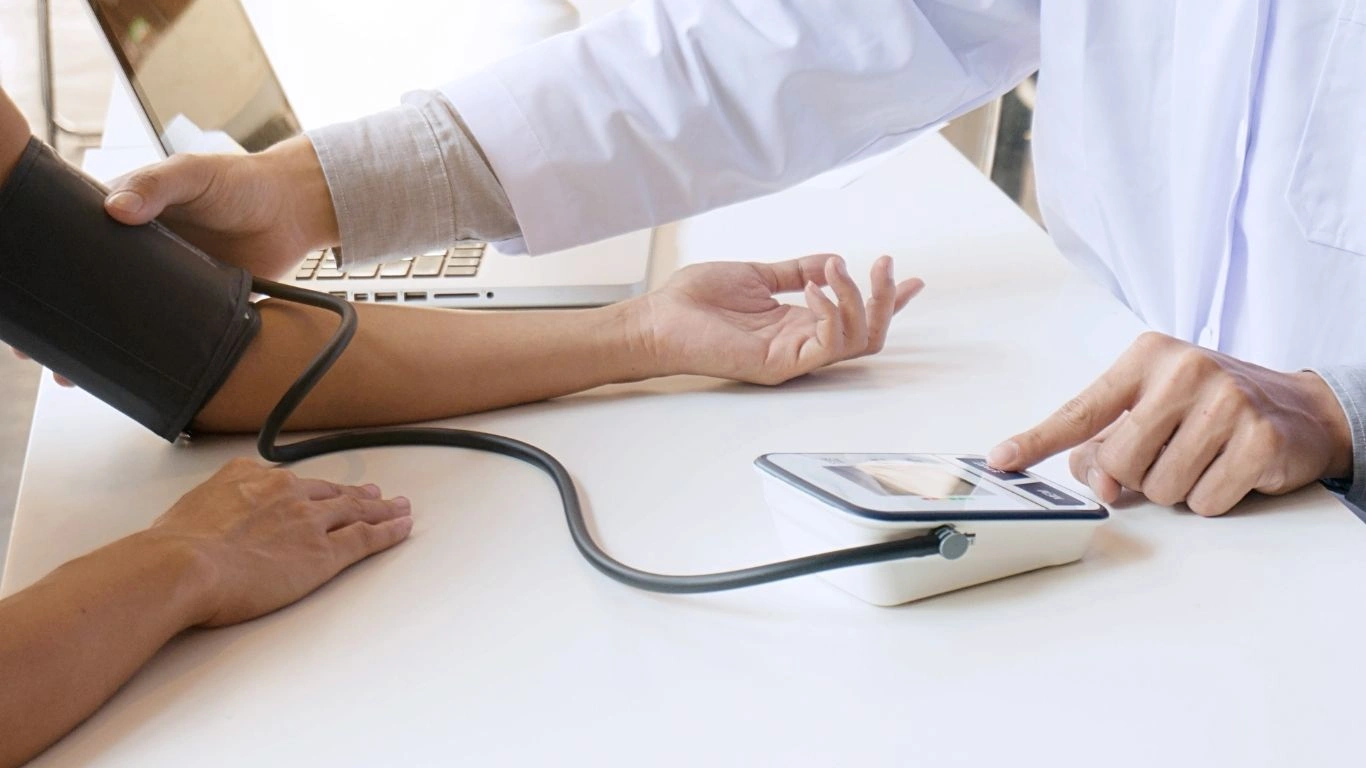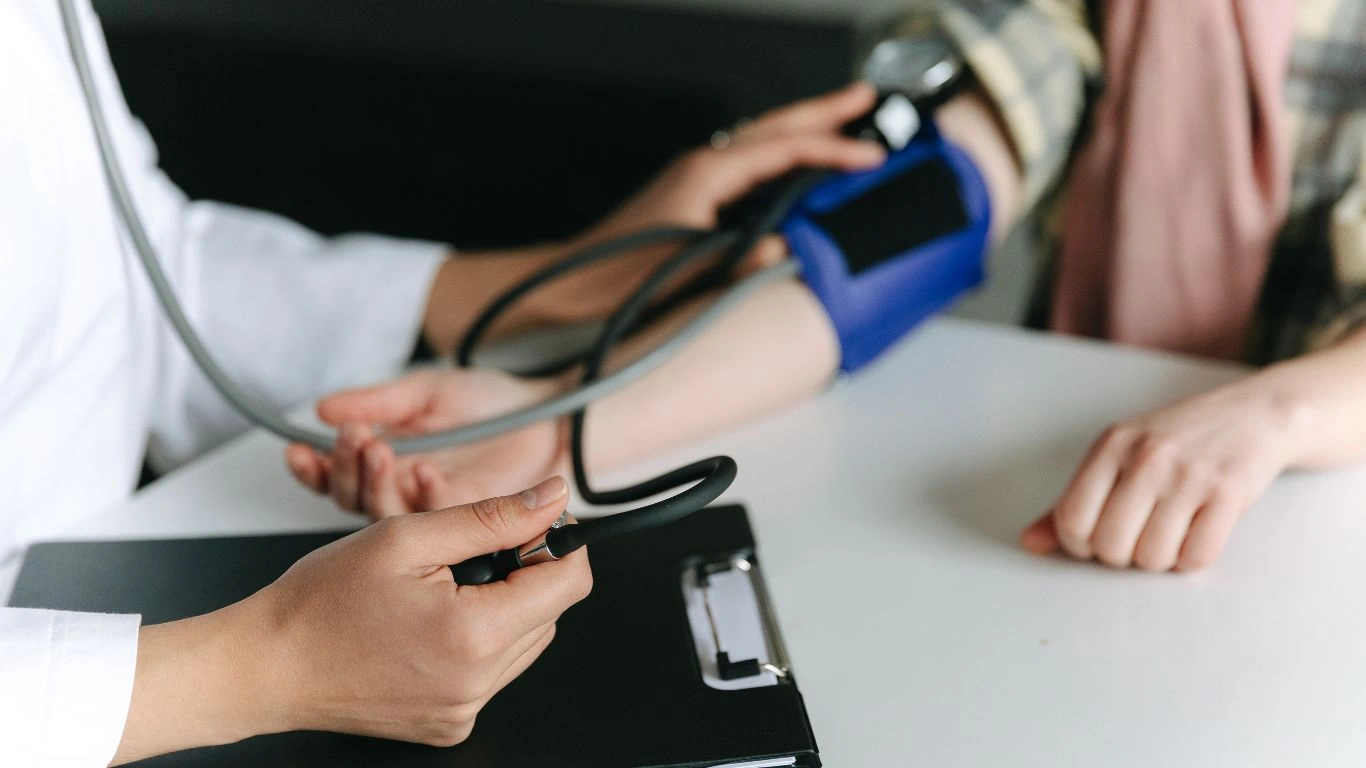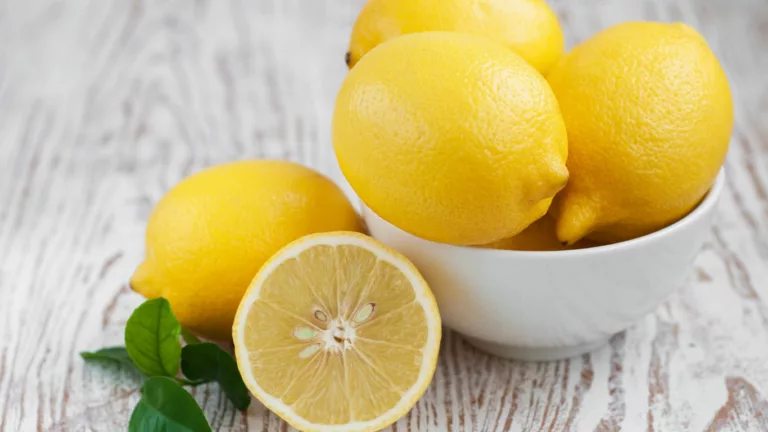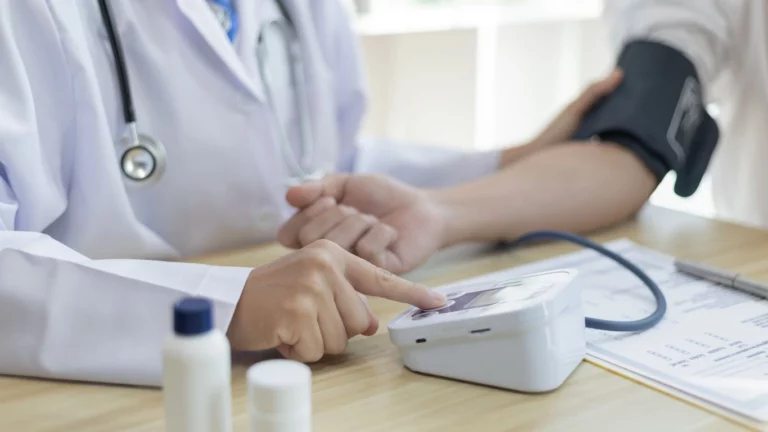7 Powerful Foods to Reduce Swelling with Hypertension
Hey there! If you’re dealing with high blood pressure, or hypertension, you might already know it can come with some not-so-fun symptoms, like swelling in your legs, ankles, or even your hands. It’s one of those things that can make you feel pretty uncomfortable, and if you’ve ever been there, you know how frustrating it can be. But did you know that something as simple as food can actually help reduce swelling? That’s right! Incorporating the right foods into your diet can make a real difference, not just in managing your blood pressure but also in helping to minimize that pesky swelling that often tags along.
As someone who’s worked with people dealing with hypertension for years, I can tell you firsthand that small changes in your diet can go a long way in feeling better. So, let’s dive into how foods to reduce swelling with hypertension can help ease your symptoms and improve your overall health.
Hypertension and Swelling: What’s the Connection?

First off, let’s break down why swelling happens in the first place. High blood pressure puts extra strain on your blood vessels, causing them to become stiff over time. When that happens, your kidneys can’t get rid of excess sodium as efficiently as they should. This buildup of sodium leads to fluid retention, which causes swelling in places like your feet and legs. It’s a frustrating cycle, but the good news is that with the right diet, you can help reduce swelling and manage your blood pressure more effectively.
One of the best things you can do is focus on the foods you eat, and trust me, there are plenty of delicious options out there that won’t just help you manage swelling, but also support better heart health overall.
The Best Foods to Reduce Swelling with Hypertension 🍽️

1. Leafy Greens: A Must for Your Diet 🥬
If you’re not eating leafy greens already, it’s time to start! Spinach, kale, swiss chard – you name it. These greens are packed with potassium, which plays a key role in balancing out sodium levels in the body. Potassium helps reduce the retention of fluids, thus minimizing swelling. When I first recommended leafy greens to a patient who was struggling with swollen feet and high blood pressure, they were skeptical. But within a week of adding more spinach and kale to their diet, they came back saying the swelling had gone down, and they felt more energized. Plus, they’re really easy to add to meals – toss them into salads, smoothies, or stir-fries!
2. Berries: Sweet and Soothing 🍓
Berries – they’re delicious and super good for you! Packed with antioxidants, particularly flavonoids, berries can help reduce inflammation, improve circulation, and even lower blood pressure. That’s why they’re a perfect choice for anyone dealing with hypertension and swelling. When I introduced more blueberries and strawberries into my own diet, I started noticing a difference in my energy levels and overall mood. Plus, they make a fantastic snack on their own or tossed into oatmeal or yogurt. Who doesn’t love a little burst of sweetness?
3. Beets: The Secret Weapon for Hypertension 🥕
Now, I know beets aren’t everyone’s favorite, but trust me on this one! Beets are full of nitrates, which help your blood vessels relax and improve blood flow. This makes them a great food to lower blood pressure naturally. Plus, the improvement in circulation can help reduce swelling. I’ll admit, I wasn’t a beet fan at first, but I started adding them to smoothies and even baking them into muffins (yes, they’re delicious in muffins!). It’s worth trying them in a few different ways to find what works for you. And if you’re dealing with fluid retention, beets can be a game-changer.
4. Garlic: A Heart-Healthy Miracle 🧄
Garlic isn’t just for flavor – it’s also an amazing tool for lowering blood pressure. Garlic helps relax your blood vessels, making it easier for blood to flow and reducing the strain on your heart. It’s also anti-inflammatory, which means it can help reduce swelling. I always joke that if garlic were a superhero, it’d be the one swooping in to save the day when it comes to blood pressure. So, don’t shy away from adding garlic to your meals. Whether you roast it, chop it up fresh, or toss it in a stir-fry, it’s a fantastic addition to any meal. Trust me, your taste buds won’t be disappointed.
5. Citrus Fruits: Zesty and Refreshing 🍊
Citrus fruits like oranges, grapefruits, and lemons are packed with vitamin C, flavonoids, and water – all of which can help lower blood pressure and reduce swelling. They help hydrate your body, keeping things balanced so fluid retention isn’t an issue. I love adding lemon juice to my water in the mornings for a refreshing kickstart. It’s such a simple way to stay hydrated, and I’ve noticed a big difference in how I feel. Plus, citrus fruits can help fight inflammation, making them a double threat when it comes to managing both hypertension and swelling.
6. Avocados: The Creamy Powerhouse 🥑
Ah, avocados – they’re so creamy and satisfying, it’s hard not to love them. But beyond their rich texture and flavor, they’re also a powerhouse of potassium and heart-healthy fats. The potassium in avocados helps offset the effects of sodium, keeping your body’s fluid balance in check. I’ve had patients tell me that incorporating avocados into their meals has helped them feel less bloated and swollen, and I can’t help but agree. I personally love avocado toast, but they’re great in salads, smoothies, or even as a topping for tacos.
7. Nuts and Seeds: Small but Mighty 🌰
Nuts and seeds might be small, but they pack a big punch when it comes to nutrients. They’re a great source of magnesium, which can help relax your blood vessels and support healthy blood pressure. They also provide healthy fats and fiber, both of which contribute to a heart-healthy diet. I’ve found that snacking on a handful of almonds or walnuts during the day is a great way to keep my energy up and my blood pressure in check. And adding chia seeds or flaxseeds to smoothies or yogurt is a quick and easy way to boost your intake.
8. Whole Grains: The Heart-Healthy Choice 🍞
Whole grains like oats, quinoa, and brown rice are rich in fiber, which helps keep your heart healthy and supports blood pressure control. Plus, fiber plays a big role in helping your kidneys flush out excess sodium, reducing the likelihood of fluid retention. I love making a big batch of quinoa at the beginning of the week for salads and bowls, and oats are a regular part of my breakfast routine. Not only are they delicious, but they keep me feeling full longer, which is a bonus.
Troubleshooting Common Issues When Trying to Reduce Swelling

Okay, so now you know what foods to focus on, but let’s talk about some of the hurdles people often face when trying to make these dietary changes.
Challenge 1: Overcoming Food Cravings
Let’s face it, sometimes we just want a bag of chips or a sugary snack. It happens. But instead of completely depriving yourself, try swapping those cravings for healthier options. For instance, if you’re craving something salty, try a handful of roasted almonds instead of chips. And when you’re in the mood for something sweet, fresh fruit or a small serving of dark chocolate can help satisfy your sweet tooth while giving you a health boost.
Challenge 2: Picky Eaters
If you’re not a fan of certain foods on the list (hello, beets!), don’t worry. There are tons of ways to sneak these foods into your meals without them taking center stage. You can add spinach or kale to smoothies, blend beets into hummus, or toss some chia seeds into your yogurt. Don’t be afraid to get creative!
Challenge 3: Time Constraints
Life is busy, and sometimes preparing healthy meals feels like a chore. But with a little planning ahead, you can make these foods a part of your routine without spending hours in the kitchen. Batch cooking is a great way to save time – cook a big pot of quinoa or brown rice and use it in different meals throughout the week. You can also prep veggies in advance to throw into soups, stews, or salads.
Case Studies / Success Stories

I’ve worked with numerous patients who have successfully reduced their swelling and blood pressure by incorporating these foods into their diets. One woman, let’s call her Sarah, came to me complaining about persistent swelling in her legs. After a few weeks of adjusting her diet to include more potassium-rich foods like leafy greens, citrus fruits, and avocados, she noticed a significant decrease in swelling. Sarah also mentioned she felt more energized and had better control over her blood pressure. It was an inspiring success story that showed just how powerful food can be when it comes to managing hypertension.
Another patient, John, was dealing with both high blood pressure and fluid retention. We worked together to build a diet full of anti-inflammatory foods like berries, garlic, and beets. After a month of consistent dietary changes, John’s swelling had improved dramatically, and his blood pressure was much more stable. He even felt more confident and motivated to keep up with the changes, knowing how much better he felt.
Key Takeaways / Summary
Managing hypertension and reducing swelling doesn’t have to be a huge challenge. By adding these simple, nutrient-packed foods to your diet, you’re taking a big step towards feeling better. So, start small, get creative with your meals, and don’t forget to check in with your healthcare provider to make sure you’re on the right track. You’ve got this! 💪
FAQs
1. Can I eat salty foods if I have hypertension?
While it’s best to limit your sodium intake, you don’t have to cut out all salt entirely. Focus on natural, unprocessed foods to reduce sodium.
2. How do I know if these foods will help with my swelling?
Everyone’s body responds differently, but adding these foods to your diet can help lower blood pressure and support overall health, leading to reduced swelling.
3. Can I rely on diet alone to reduce swelling?
While diet is an essential part of managing hypertension, it’s always a good idea to work with your healthcare provider to develop a comprehensive plan that includes medication, if necessary.
4. How can I make these foods more enjoyable if I’m not a fan?
Get creative! Blend foods like leafy greens or beets into smoothies, or sneak them into soups and casseroles. You’ll be surprised at how easy it is to get them in without even noticing.
5. Can I eat out and still follow this diet?
Absolutely! Just be mindful of sodium levels when eating out. Opt for grilled or baked dishes, and ask for sauces on the side so you can control how much salt you’re consuming.
Final Thoughts
Managing hypertension and reducing swelling doesn’t have to be a huge challenge. By adding these simple, nutrient-packed foods to your diet, you’re taking a big step towards feeling better. So, start small, get creative with your meals, and don’t forget to check in with your healthcare provider to make sure you’re on the right track. You’ve got this! 💪

Dr. Gwenna Aazee is a board-certified Internal Medicine Physician with a special focus on hypertension management, chronic disease prevention, and patient education. With years of experience in both clinical practice and medical writing, she’s passionate about turning evidence-based medicine into accessible, actionable advice. Through her work at Healthusias.com, Dr. Aazee empowers readers to take charge of their health with confidence and clarity. Off the clock, she enjoys deep dives into nutrition research, long walks with her rescue pup, and simplifying medical jargon one article at a time.






